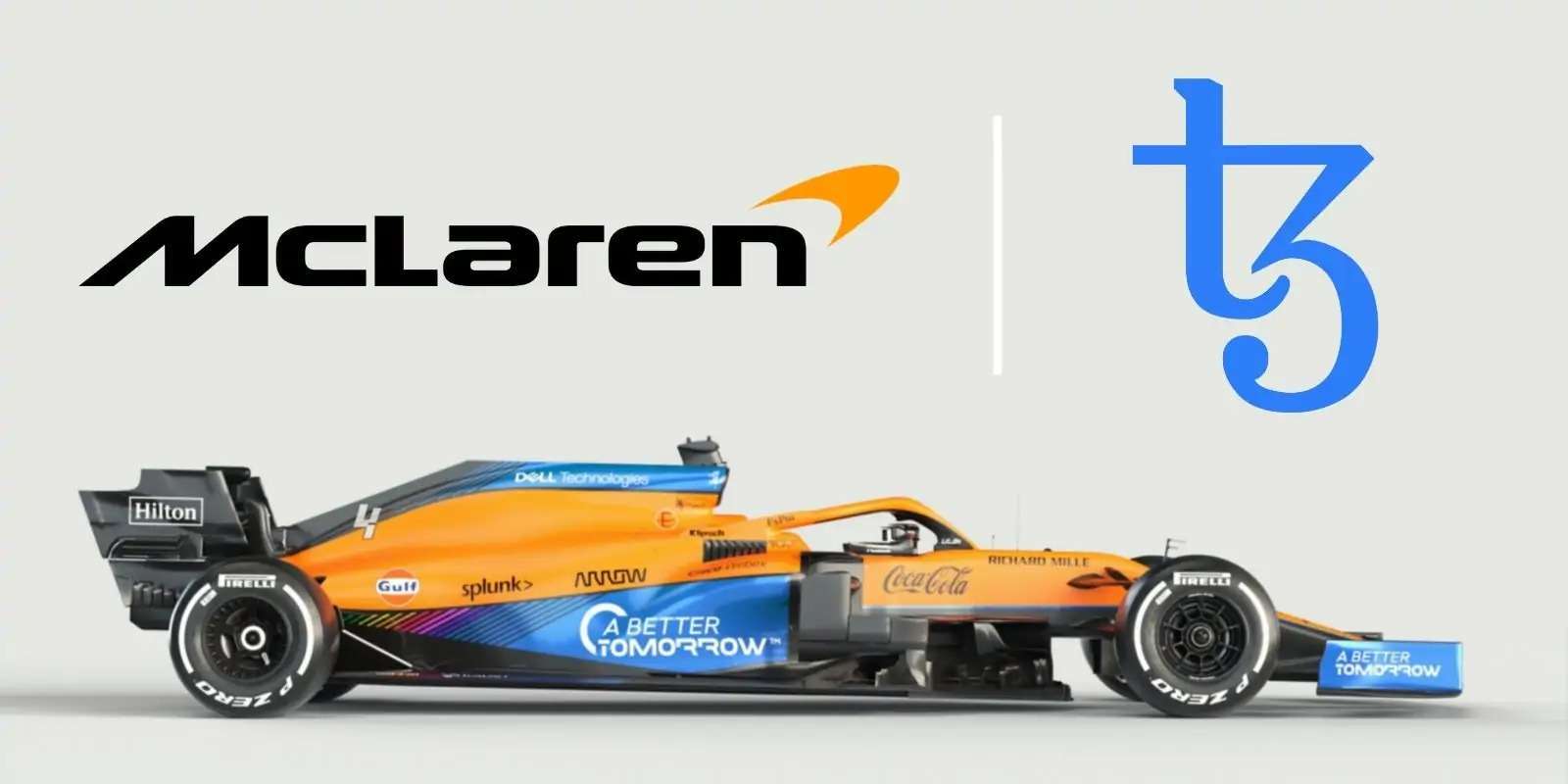HIVE Blockchain reports over 3 production copies

HIVE Blockchain Technologies Ltd. has recently announced its production numbers for March 2023. The company produced 282 Bitcoin that month and the current BTC HODL balance is approximately 2310 as of March 31, 2023. HIVE continued to operate over 3 Exahash throughout March 2023. The production numbers include an average of 91 Bitcoin Per Exahash, with an average hash rate of 3.09 EH/s. HIVE sold all Bitcoin earned from its GPU mining hashrate payouts.
In addition to the production figures, HIVE made some notable progress in its operations. The company received over 5,600 BuzzMiners in its data centers, all of which are operational. It also ended March 2023 with 3.36 EH/s mining capacity, including ASIC and GPU BTC hashrate. Frank Holmes, Executive Chairman of HIVE, expressed his satisfaction with the company’s Bitcoin production given the all-time high issue. Aydin Kilic, President and CEO of HIVE, noted that the company strives to mine for maximum profit using energy as a cash flow resource.
Bitcoin global network mining difficulty was volatile in March 2023, increasing by approximately 9% throughout the month. Network difficulty factors significantly affect the company’s gross profit margins, as the daily Bitcoin block reward is shared among multiple miners. HIVE will self-limit parts of its operations if the unsecured spot energy prices are uneconomical, leaving a part of its total gross hash rate unused. Despite the volatility, HIVE has upgraded its global fleet to use the most efficient Bitcoin ASIC chips.
March 2023 Production Figures
Frank Holmes, Executive Chairman of the HIV stated, “We are very happy to produce 282 Bitcoin while the difficulty has reached an all-time high. In addition, our average daily HPC revenue has increased by 14% in the average month above month, from February to March.”
Aydin Kilic, president and CEO of HIV noted “We have completed the implementation of our first rollout of HIV BuzzMiner, and we have mined to an average hashrate of above 3 Exahash for the month March. Additionally, our GPU fleet generates approximately 16% more revenue per MWh than most Bitcoin mining ASICs. We strive to extract for maximum profit, using energy as a resource for cash flow.”
The company’s total Bitcoin production in March 2023 our:
- 282 BTC produced;
- 9.1 BTC produced per day on average;
- 3.36 Exahash of BTC Hashrate per March 31, consisting of 3.06 Exahash of ASIC BTC hashrate and 0.3 Exahash of GPU BTC equivalent Hashrate;
- Monthly average of 3.09 Exahashwhich is equal to 91 Bitcoin per Exahashconsisting of an average of 2.88 Exahash of ASIC mining capacity and average 210 PH/s Bitcoin GPU mining capacity during the month;
- This corresponds to a month of 12% above monthly increase in average hashrate (February was 2.75 EH/s average hashrate).
The difficulty of mining the Bitcoin Global Network is volatile
Network difficulty factors are a significant variable in the company’s gross profit margins. The Bitcoin network difficulty was 43.1T per March 1, and increased to 46.8T per March 31, and reached a record high level. Consequently, Bitcoin mining difficulty ended the month about 9% higher than the beginning of the month.
Bitcoin Network Difficulty is a publicly available statistic that reflects the total number of Bitcoin miners online and is important for analyzing a company’s gross profit margins and the number of Bitcoins produced. This data is available on many websites, here is a reference: https://www.blockchain.com/
As more people mine Bitcoin (difficulty increases), the daily Bitcoin block reward currently set at 900 Bitcoin per day is split between more miners; thus each miner receives a smaller portion of the block reward. Conversely, when Bitcoin prices fall, many miners may lose money and shut down, thus removing their hashrate from the network, leading to a reduction in network difficulty.
Those miners with the lowest costs on production; by virtue of having more efficient machines and/or lower energy costs, are able to continue their production during these volatile cycles. Not all miners will mine continuously during the month, as a result some miners will produce less Bitcoin than expected, relative to their advertised hashrate. For the above reasons, HIV will self-limit parts of its operations if the unsecured spot energy prices are uneconomical, thereby leaving parts of its total gross hash rate unused.
All Bitcoin miners strive to use the most efficient Bitcoin ASIC chips and we are pleased that we have been able to upgrade our global fleet during this downturn in the crypto market.

























